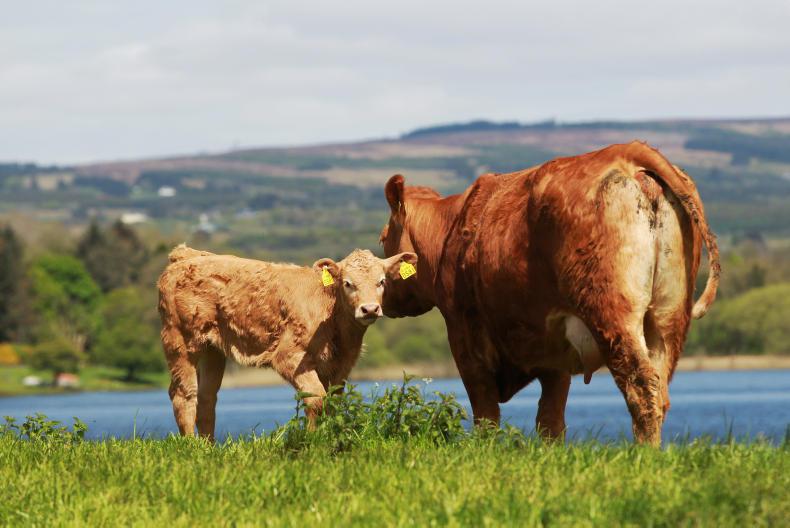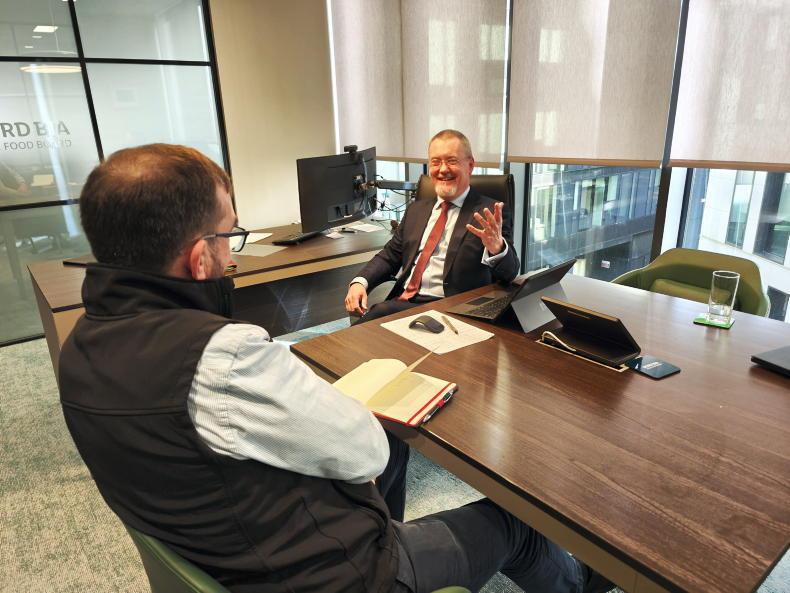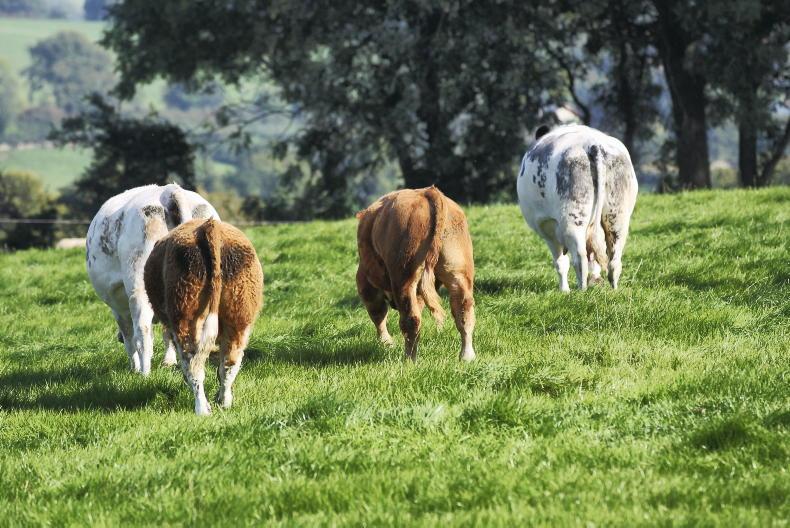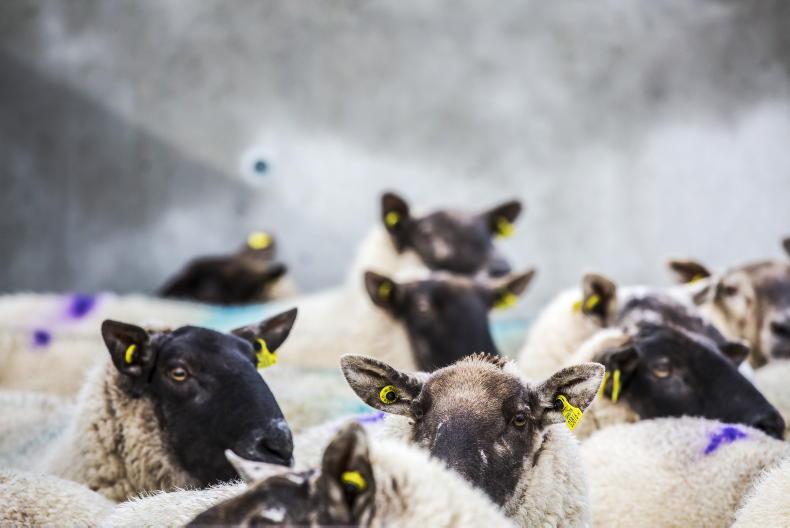There are five key things that beef farmers need to happen this year to leave more in their pockets.
1 Re-connect farmers and consumers
In my opinion, for many young people, the farmer is irrelevant when food purchases are being made. It is my firm belief that until we fix this, farmers and food producers will struggle to demonstrate the value and integrity they bring to food production. The bigger this disconnect gets, the bigger the battle to get fair prices for produce will be.
I’m not saying that consumers need to visit farms or get to know farmers, but today’s consumers need to be educated better about the lengths that farmers go to produce safe food.
We need to start this process in national schools, educating our young people about the value of safe, traceable food produced in Ireland. This should involve a farm visit to help them understand the food production process and stop five-year-olds believing milk comes from a carton instead of a cow.
Thirty years ago, there was a close connection in every family to a farm, whether that was through an uncle or a grandmother. In today’s urbanised society and with more and more young people choosing to exit agriculture, the opportunity for consumers to visit and see working farms is becoming rare.
2 Fix the labelling debacle
There has been a significant drop in store cattle sales across the border from the Republic to Northern Ireland.
This is because cattle purchased in the south cannot carry the Red Tractor label, which knocks this beef out of the supermarket trade. Surely common sense should prevail and allow these cattle, which have been fully traceable since birth, enter the top end market in the UK.
Northern Ireland finishers are crying out for cattle and they are being blocked. If a hard Brexit were to come to pass, this trade could prove vital to an Irish beef sector in need of new markets.
3 Ensure strong live exports
Our live exports for 2017 are up 34%, and we exported more than 180,000 cattle in 2017. This strong performance in 2017 must be continued in 2018 to underpin our beef trade and keep our supply and demand in control.
4 Explore new beef markets
Emerging Asian markets opening up for beef are positive for Irish farmers. Bord Bia’s work must be capitalised on and taken to the next level.
While these markets will be slow burners, it is an important part of widening our reach and sourcing new markets in a post-Brexit scenario. Irish beef has a very good name on international markets and it is important that this work continues to find new markets for a growing industry.
5 Review the beef grid
A review of the Irish beef grid has been talked about for some time now.
The price differential of 6c/kg between each sub-grade is a big bone of contention among beef producers. They argue that it is too low at current market prices.
In my opinion, this needs to move to 8c/kg at a minimum to reward our suckler beef producers.
Outlook 2018: optimism that dairy can add another good year
Outlook 2018: Brexit will affect a growing national flock
Outlook 2018: hoping for elusive combination of high yield and high price













SHARING OPTIONS